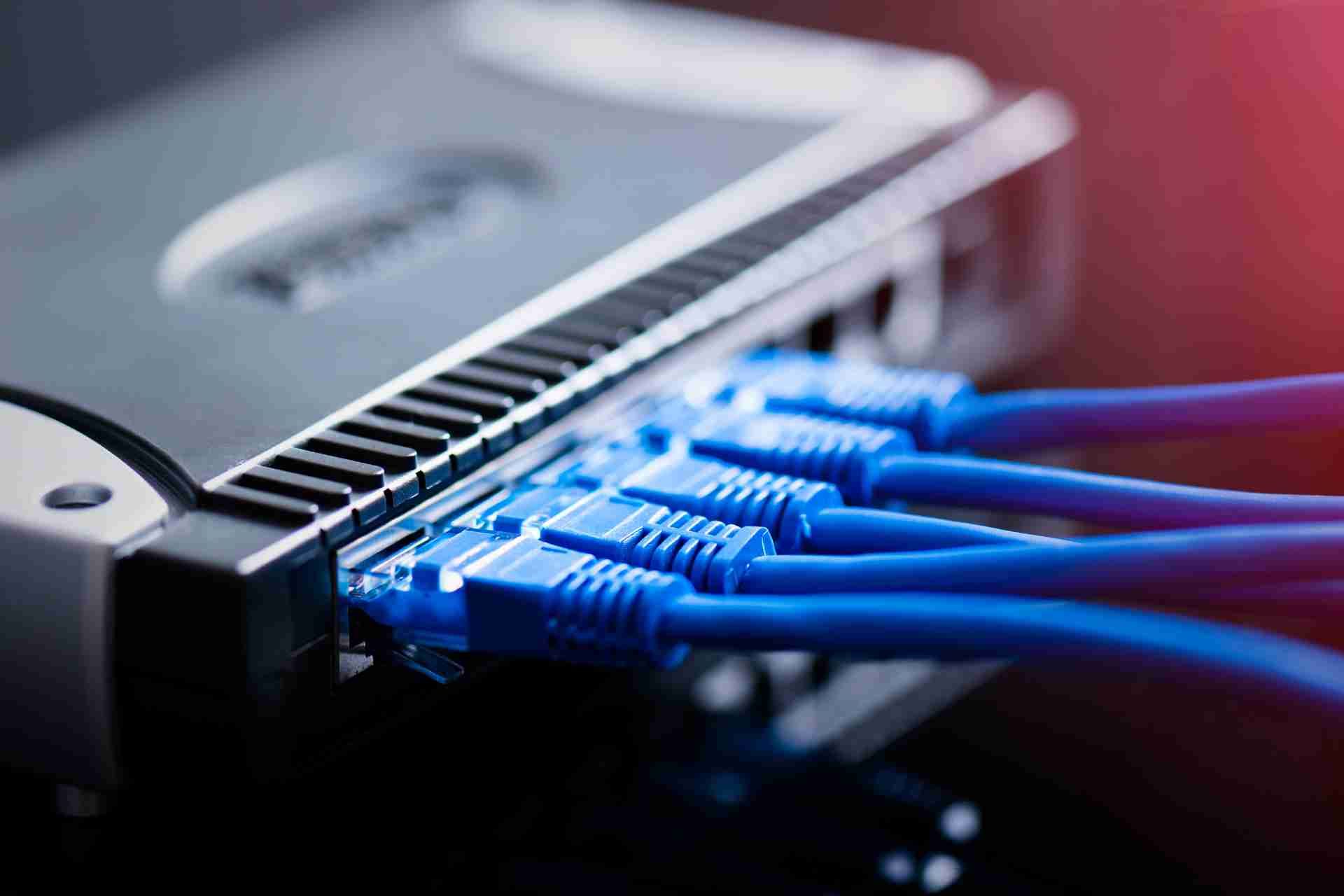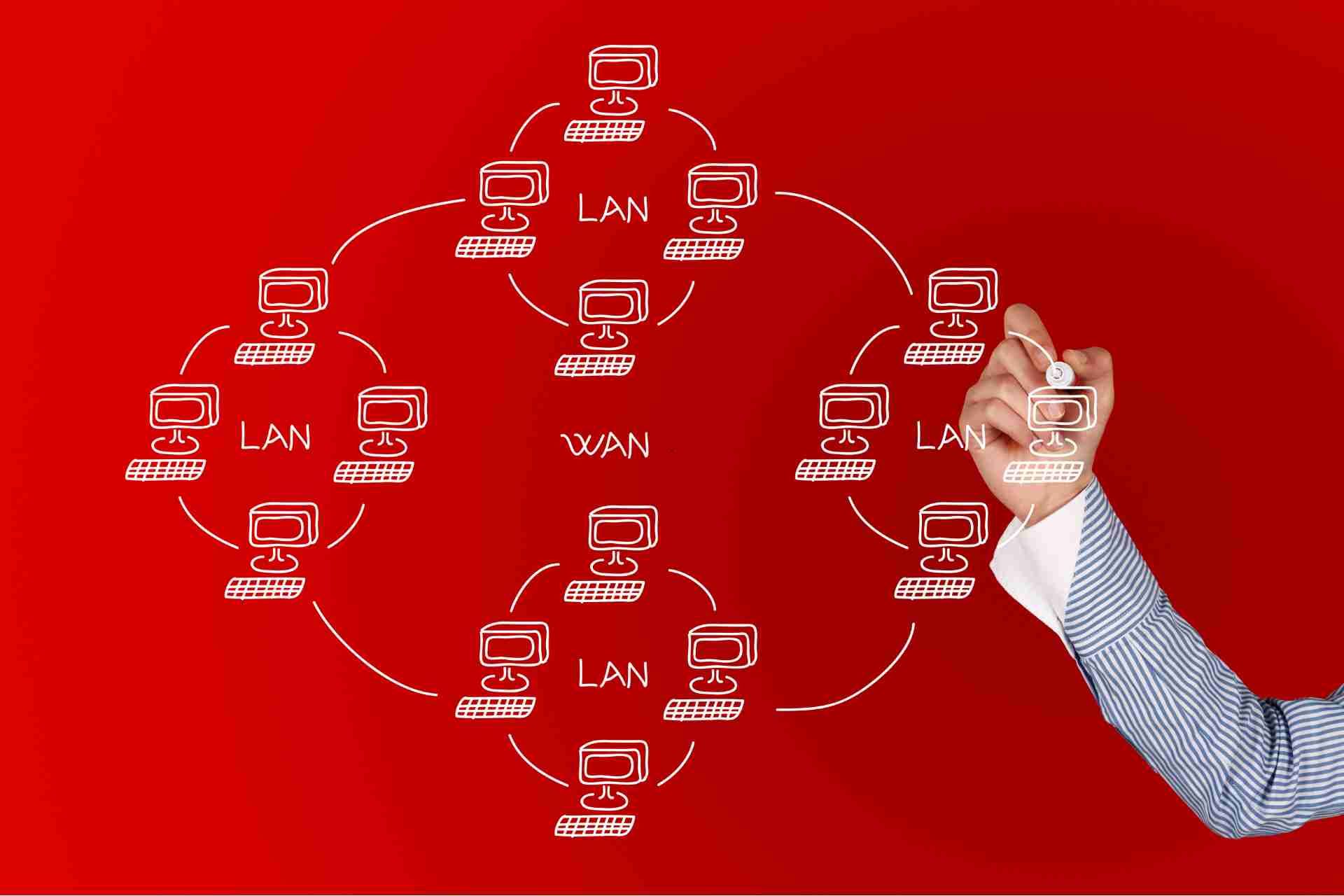Network Cabling Troubleshooting: What to Do When Your Internet is Slow

When your internet slows down, it can be frustrating. You might not know where to start, but troubleshooting your network cabling is essential. First, check for any visible damage to your cables and ensure everything is connected properly. Then, consider testing your equipment. These steps can reveal underlying issues. However, there's more you can do to improve your connection and enhance your online experience. Let's explore the next steps together.
Check Your Cables for Damage
Before diving into more complex troubleshooting steps, it's crucial to check your cables for damage.
Inspect each cable running to your devices for visible signs of wear, such as fraying, cuts, or kinks. These issues can lead to poor connectivity or intermittent signals.
Don't forget to look at the connectors; they should fit snugly and be free from corrosion. If you spot any damage, it's best to replace the cables immediately.
Testing with a different cable can help you determine if the original is the problem. Remember, even a small defect can cause significant connectivity issues.
Ensure Proper Cable Connections
While checking for cable damage is essential, ensuring proper cable connections is equally critical for maintaining a stable network.
Start by verifying that each cable is securely plugged into its respective port. Loose connections can lead to intermittent connectivity issues or slow speeds. If you're using Ethernet cables, make sure they're fully inserted, with no visible gaps.
Check for any bent pins in the connectors, as these can disrupt the connection. If you're connecting to a wall jack, ensure the jack itself is functioning properly.
Additionally, avoid running cables near power lines or other electronic devices that might cause interference. By confirming all connections are secure and correctly positioned, you can significantly improve your network performance.
Test Your Network Equipment
Testing your network equipment is crucial for identifying issues that can hinder performance. Start by checking your modem and router. Unplug them, wait for about 30 seconds, and plug them back in to reset. This simple step can often resolve connectivity problems.
Next, connect a device directly to the modem via an Ethernet cable to determine if the issue lies with your router or the internet connection itself. Run a speed test to compare the results. If your speeds are still slow, check for firmware updates on your router.
Additionally, inspect any switches or hubs in your setup, ensuring they're functioning properly. By systematically testing your equipment, you'll pinpoint the source of the slowdown and take action accordingly.
Optimize Your Router Placement
To ensure optimal performance, placing your router in the right location is essential.
Start by positioning it in a central area of your home, away from walls and obstructions. Elevated surfaces, like shelves or cabinets, work best to improve signal coverage.
Avoid placing your router near electronic devices like microwaves or cordless phones, as they can interfere with the signal.
If you have a multi-story home, consider using a Wi-Fi extender to boost coverage in upper floors.
Remember to keep the router's antennas positioned vertically to enhance the signal range.
Regularly check the placement and adjust as necessary, especially if you notice changes in connection quality.
With proper placement, you'll experience a significant improvement in your internet speed and reliability.
Update Firmware and Drivers
Updating firmware and drivers is essential for maintaining your network's performance, as outdated software can lead to connectivity issues and security vulnerabilities.
Regularly check your router, modem, and network adapter for available updates. Most manufacturers provide easy-to-follow instructions on their websites.
Start by logging into your router's admin panel and look for a firmware update section. If updates are available, follow the prompts to install them.
Similarly, for your network adapter, visit the manufacturer's site to download the latest drivers.
Keeping both firmware and drivers up to date not only enhances performance but also improves security against potential threats.
Make it a habit to check for updates periodically to ensure your network runs smoothly and efficiently.
Conduct a Speed Test
Speed tests are a quick and effective way to gauge your network's performance. To get started, choose a reliable speed test website or app.
Make sure to run the test during off-peak hours for the most accurate results. Before you begin, close unnecessary applications and devices that might be using bandwidth.
Once you're ready, click the start button and wait for the test to complete. You'll receive key metrics like download and upload speeds, which help you identify if your internet is meeting your service plan's expectations.
If your speeds are significantly lower than promised, it might indicate issues with your cabling or network setup. Keep these results handy for further troubleshooting or discussions with your ISP.
Consider Upgrading Your Equipment
If you find your network performance lacking, it might be time to consider upgrading your equipment. Start with your router; older models may not support the latest Wi-Fi standards, which can slow down your connection.
Check for devices that can handle higher speeds and increased bandwidth.
Next, evaluate your cabling. If you're still using outdated Cat5 cables, upgrading to Cat6 or Cat7 can significantly enhance your network's performance.
Don't forget about your network switches and extenders too. Investing in newer hardware can make a noticeable difference.
Finally, consider your devices. If they're outdated, they mightn't be able to take full advantage of your upgraded network.
Conclusion
In conclusion, tackling slow internet issues involves a few straightforward steps. Start by checking your cables and connections, then test your modem and router. Don't forget to optimize your router's placement and keep its firmware updated. Conducting a speed test can help pinpoint the problem, and if all else fails, consider upgrading your equipment. By following these tips, you can get back to enjoying a faster, more reliable internet connection in no time!











